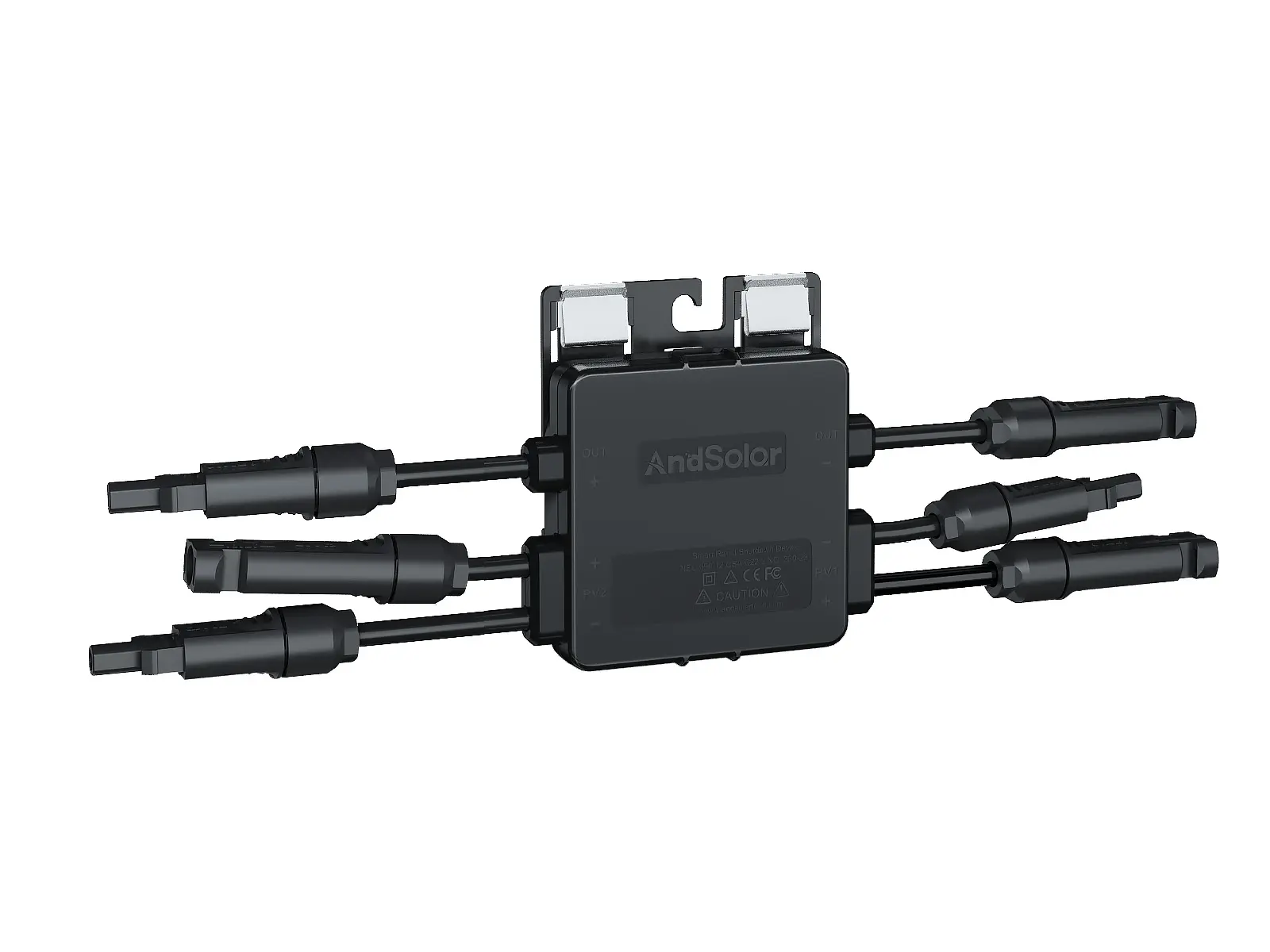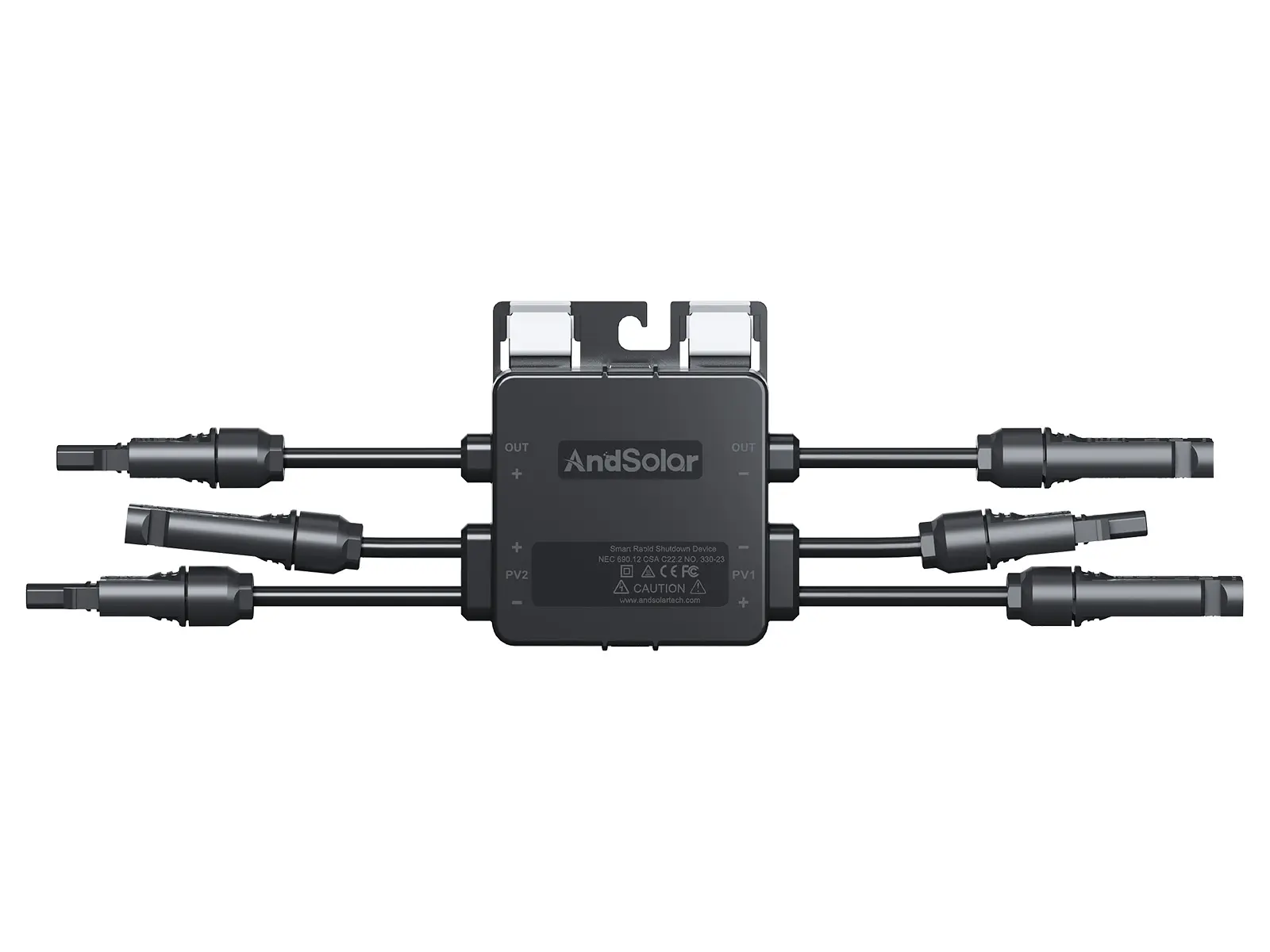Strengthening Solar Power Systems Through Advanced Safety Measures
In the rapidly expanding solar industry, safety has emerged as one of the most critical aspects of system design and operation. As more residential, commercial, and utility-scale installations are deployed, ensuring the protection of people, property, and equipment becomes essential. Among the most important developments in this area is the adoption of rapid shutdown devices, which have reshaped the way solar arrays operate in emergency situations. By reducing voltage to safe levels within seconds, these technologies enhance confidence in solar power as a reliable and secure energy solution.
Understanding the Role of Rapid Shutdown Devices in Solar Safety
Core Function and Purpose of Rapid Shutdown Devices
Rapid shutdown devices are engineered to quickly de-energize photovoltaic systems, bringing DC voltage down to safe thresholds—usually within 30 seconds—when the system is turned off or when an emergency is detected. They serve as a vital safety mechanism for firefighters, maintenance crews, and even system owners who might need to access or work around solar installations.
By incorporating rapid shutdown devices, system designers can mitigate the risks associated with high-voltage DC electricity, especially on rooftops and in densely populated areas. These devices form a crucial part of modern solar safety protocols.
Regulatory Influence on Safety Standards
The push for wider adoption of rapid shutdown devices was significantly influenced by the U.S. National Electrical Code (NEC), which began including rapid shutdown requirements in its 2014 edition and strengthened them in 2017. These regulations require that most rooftop solar systems include a means of rapidly reducing voltage to protect emergency responders.
The global solar industry has taken note of these requirements, and similar safety measures are being implemented or considered in other regions. This regulatory framework has made rapid shutdown devices a standard rather than an optional feature.
The Impact of the Rapid Shutdown Policy on the Industry
Elevated Safety Benchmarks
With the introduction of rapid shutdown policy requirements, solar installations must now meet more rigorous safety benchmarks. This not only ensures better protection during emergencies but also fosters trust among property owners and communities. Rapid shutdown devices provide reassurance that even in worst-case scenarios, solar systems can be made safe almost instantly.
The policy has helped set a higher baseline for what is considered an acceptable level of safety in the industry, influencing product designs and installation practices across the board.
Broader Acceptance of Solar Technology
As safety improves, so does public perception. The rapid shutdown policy has contributed to greater acceptance of solar technology by addressing one of the key concerns—high voltage hazards. This has made it easier for developers and installers to promote solar energy as both an environmentally friendly and inherently safe power source.
Types of Rapid Shutdown Devices Used in Compliance
Module-Level Solutions
Module-level rapid shutdown devices control voltage at each individual solar panel. This provides maximum safety by isolating every module, ensuring that no part of the array remains energized during an emergency. These devices are particularly beneficial in complex rooftop installations or where high levels of shading or varying orientations exist.
This approach also often integrates with monitoring systems, allowing performance tracking and fault detection at the panel level, which enhances both safety and operational efficiency.
String-Level Solutions
String-level rapid shutdown devices reduce voltage across entire strings of solar panels. While this method does not isolate each module individually, it still ensures compliance with rapid shutdown policies and offers a simpler, potentially more cost-effective installation process.
String-level solutions are especially suitable for large, open-field installations where individual module access is not a frequent necessity and where a balance between safety and cost is desirable.

Technical Advancements in Rapid Shutdown Devices
Integration with Inverter Technologies
Modern rapid shutdown devices increasingly integrate with advanced inverters, enabling smoother system operation, reduced wiring complexity, and improved system diagnostics. This synergy enhances both safety compliance and long-term performance.
Such integration also allows for features like remote shutdown capabilities and real-time safety monitoring, further raising the standard of solar safety.
Adoption of Wireless Control Systems
Wireless rapid shutdown devices are gaining popularity for their ability to minimize additional wiring and simplify installation. These systems use secure communication protocols to trigger rapid shutdown events, providing flexibility in system design without compromising safety standards.
Hybrid solutions, combining wired and wireless controls, are emerging to offer even more adaptability for different types of solar projects.
Operational Benefits Beyond Compliance
Improved Maintenance Efficiency
Rapid shutdown devices not only satisfy safety regulations but also aid in system maintenance. When paired with monitoring systems, they can help technicians quickly pinpoint performance issues, reducing downtime and service costs.
Module-level devices, in particular, provide detailed performance data, making troubleshooting faster and more accurate.
Enhanced System Longevity
By protecting system components from potential electrical hazards during emergencies, rapid shutdown devices contribute to extending the operational life of solar arrays. Lower risk of damage means fewer replacements and repairs over the system’s lifetime.
Strategic Considerations for Implementing Rapid Shutdown Devices
Matching the Solution to the Application
Choosing between module-level and string-level rapid shutdown devices depends on the system’s location, size, complexity, and safety requirements. High-risk environments, such as residential rooftops in densely populated areas, often benefit from module-level solutions, while larger ground-mounted projects might prioritize simpler string-level devices.
The decision should be guided by both safety needs and economic considerations, ensuring the best fit for the specific project.
Importance of Professional Installation
Working with qualified professionals ensures that rapid shutdown devices are properly integrated into the system, compliant with regulations, and optimized for performance. Professional expertise also minimizes the risk of improper installation, which could compromise both safety and efficiency.
FAQ
What is the purpose of rapid shutdown devices?
Rapid shutdown devices are designed to quickly reduce the voltage of solar systems to safe levels during emergencies or system shutdowns, protecting people and property.
Are rapid shutdown devices mandatory everywhere?
While not required globally, they are mandated in certain regions, such as under the U.S. National Electrical Code for most rooftop installations, and similar regulations are emerging in other areas.
Do rapid shutdown devices impact energy production?
When properly designed and installed, they have minimal effect on energy production and can improve overall system reliability through better monitoring and fault detection.
Can rapid shutdown devices be added to older solar systems?
Yes, many rapid shutdown devices can be retrofitted, but compatibility and installation requirements should be assessed by a professional installer.
Table of Contents
- Strengthening Solar Power Systems Through Advanced Safety Measures
- Understanding the Role of Rapid Shutdown Devices in Solar Safety
- The Impact of the Rapid Shutdown Policy on the Industry
- Types of Rapid Shutdown Devices Used in Compliance
- Technical Advancements in Rapid Shutdown Devices
- Operational Benefits Beyond Compliance
- Strategic Considerations for Implementing Rapid Shutdown Devices
- FAQ

